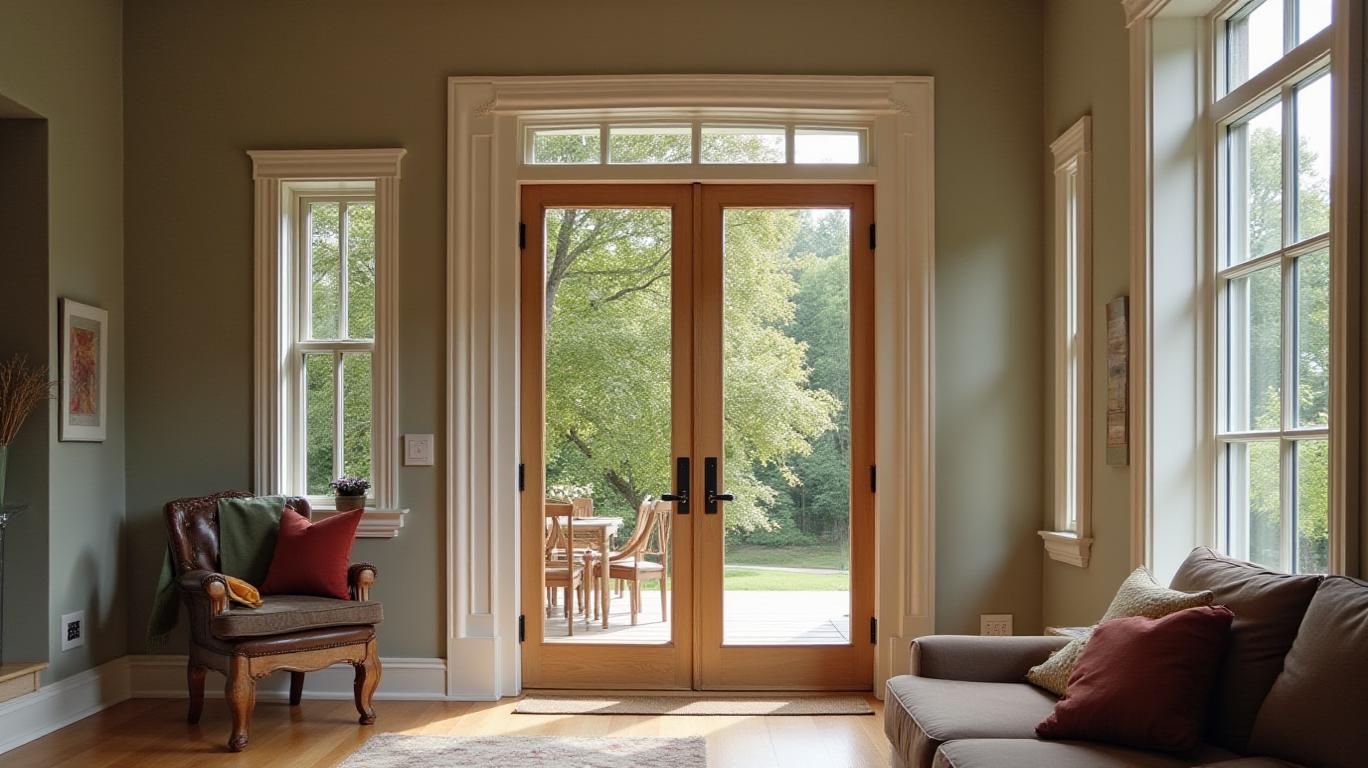JELD-WEN's Q1 Results Signal Growing Pain in Housing Slump
The first quarter of 2025 brought stark realities for JELD-WEN (JELD), the global leader in doors and windows. The company’s earnings report revealed a sharp deterioration in financial performance, underscoring the challenges facing building materials firms as housing demand remains mired in a prolonged slump.

Revenue Collapse Reflects Sector-Wide Headwinds
JELD-WEN’s revenue fell to $776 million in Q1 2025, a 19% year-over-year decline. The drop was fueled by a 15% contraction in core volume/mix, with North America leading the slump (-17% to $531 million) and Europe down 12% to $245 million. These figures align with broader weakness in residential construction, where housing starts in the U.S. remain depressed at levels not seen since the early 2000s.
The
Margins Under Siege
The real concern lies in profitability. Adjusted EBITDA plummeted to $22 million, a 68% drop from $69 million a year earlier, with margins collapsing to 2.8%—a 440-basis-point decline from 7.2% in Q1 2024. North America’s segment margin fell from 9.0% to 2.9%, while Europe’s dipped to 4.3%. Even cost-cutting measures, including reduced SG&A expenses and productivity gains, couldn’t offset the drag from lower volumes.
The
Balance Sheet Strains Raise Red Flags
The financial picture darkens further when considering liquidity. Net debt surged to $1.05 billion, pushing the leverage ratio to 4.6x—a 21% increase from 3.8x in Q1 2024. Free cash flow cratered to -$125 million, a 172% worsening from -$46 million a year earlier, as operational losses and capital expenditures (up to $42 million) piled up.
The
Strategic Moves, Uncertain Outcomes
JELD-WEN is doubling down on cost transformation, aiming to offset tariff impacts (annualized at $55 million) by passing costs to customers. However, delayed tariff recoveries could shave Q2 margins. The company also plans to optimize its manufacturing network and reduce lead times—a critical move as competitors like Masonite (DOOR) and Therma-Tru have begun to consolidate market share.
Yet the path forward is fraught with uncertainty. Management admitted that “the timing of demand recovery remains unclear,” with 2025 capital expenditures pegged at $150 million—a 15% increase over 2024’s budget. This suggests further cash burn lies ahead.
Investor Takeaway: A Turnaround Remains Elusive
The stock’s post-earnings drop—6.75% in after-hours trading—reflects investor frustration with JELD-WEN’s inability to stabilize. With margins at historic lows and leverage near dangerous thresholds, the company’s survival hinges on a housing rebound that shows no signs of materializing.
The underscores the problem: starts have averaged just 1.3 million annually since 2022, down from pre-pandemic peaks of 1.6 million. Without a pickup in construction activity, JELD-WEN’s free cash flow burn and debt could force tough choices—like asset sales or equity dilution—that could further weigh on shareholder value.
Conclusion
JELD-WEN’s Q1 results paint a dire picture of a company struggling to navigate the worst housing downturn in decades. With margins at a 2.8% nadir, leverage at 4.6x, and a stock price near $5—half its 2021 levels—the path to recovery demands both a macroeconomic turnaround and operational miracles. Investors should brace for more pain unless the housing market shows uncharacteristic resilience in 2025. For now, JELD remains a cautionary tale of overexposure to a fragile sector.


_442a2dcc1749832873286.jpeg)
_e68fac6d1749831664430.jpeg)






